Ohio Self-driving Shuttle Service Stalled After Minor Incident

You may recall the autonomous Linen LEAP shuttle service that launched in Columbus, OH earlier this month. Well, the city placed the program on pause last week because someone fell during an abrupt stop. Smart Columbus, the group responsible for the service, has taken both EasyMile EZ10s off their route for assessment by the manufacturer.
Additional details kept us hip to how the program has done so far. According to local outlet WCMH-TV, the twin shuttles have moved 50 people around the Linden area since launching on February 5th. That averages out to a little more than three riders per day, which we don’t have to tell you isn’t great value for the money when the entire project costs millions. But that was never Smart Columbus’ plan. The intended goal was to connect a subset of carless residents in one neighborhood with essential services and other parts of the city.
That aspect of the scheme hasn’t gone seamlessly, either.
While the official reason for pulling the shuttles off the road is the fall, Smart Columbus did confirm that they were also idled due to unsavory winter weather. I can’t tell you the number of times I’ve climbed inside a new car on a snowy day only to have it inform me that various driver assistance features were inactive less than ten miles into my journey. It always makes me wonder how useful autonomous features actually are when even the most basic systems seem totally crippled by a little road salt or ice on the sensors.
The Transport Workers Union, which represents Central Ohio Transit Authority drivers and has opposed the autonomous shuttle program from day one, says an independent, third-party investigation is needed to determine what caused the vehicle to stop abruptly, requiring one rider to be transported to hospital. It also claims it was ignorant for the city to allow citizens to use the service before the technology had proven itself safe. Further investigation has shown that the woman’s injuries were minor, but the reason for the shuttle stopping abruptly near the Douglas Community Recreation Center on Thursday is less clear.
“Yesterday, the vehicle was traveling at 5.6 miles per hour and made a sudden stop, and there were two passengers on board, and one of the passengers was jostled from her seat and as a result, she did seek medical attention from that incident,” Alyssa Chenault of Smart Columbus, told WCMH-TV on Friday. “We’re looking into that and we’re in the introductory phase of collecting information on that.”
Since then, the group has notified the U.S. Department of Transportation and National Highway Traffic Safety Administration of the incident.
We certainly applaud Columbus for taking what appears to be a rather minor incident seriously, but this once again throws cold water on the entire concept of vehicular autonomy being anywhere near ready for mass consumption. The Linden LEAP program only exists because the city was the sole recipient of a $40 million USDOT grant tied to the Obama administration’s Smart City Challenge, plus an additional $10 million from the Paul G. Allen Family Foundation. That provided seed money for Smart Columbus — which spent at least $1 million on its contract with EasyMile alone.
While that’s not far from how much its costs to purchase and operate a full-sized, electric bus for a few years, Linden LEAP is just two small shuttles with less room for riders overall. Meanwhile, the project is only supposed to last until February of 2021. Now they’ve both been taken out of service over what sounds like a minor mishap.
It’s an interesting experiment, even if it’s not going swimmingly at the moment, and it may even help to advance autonomous vehicles. Unfortunately, Smart Columbus has said it’s too soon to say when the shuttles will resume operation. It’ll likely wait to see what EasyMile has to say and may even hold until the DOT responds.
[Images: Smart Columbus]

A staunch consumer advocate tracking industry trends and regulation. Before joining TTAC, Matt spent a decade working for marketing and research firms based in NYC. Clients included several of the world’s largest automakers, global tire brands, and aftermarket part suppliers. Dissatisfied with the corporate world and resentful of having to wear suits everyday, he pivoted to writing about cars. Since then, that man has become an ardent supporter of the right-to-repair movement, been interviewed on the auto industry by national radio broadcasts, driven more rental cars than anyone ever should, participated in amateur rallying events, and received the requisite minimum training as sanctioned by the SCCA. Handy with a wrench, Matt grew up surrounded by Detroit auto workers and managed to get a pizza delivery job before he was legally eligible. He later found himself driving box trucks through Manhattan, guaranteeing future sympathy for actual truckers. He continues to conduct research pertaining to the automotive sector as an independent contractor and has since moved back to his native Michigan, closer to where the cars are born. A contrarian, Matt claims to prefer understeer — stating that front and all-wheel drive vehicles cater best to his driving style.
More by Matt Posky
Latest Car Reviews
Read moreLatest Product Reviews
Read moreRecent Comments
- InCogKneeToe Wow, memories. My Parents have a Cabin on a Lake, I have a Plow Truck and Friends, access to Lumps (old tired autos). What happens? Ice Racing!. The only rules were 4 cylinder, RWD only. Many Chevettes were destroyed, My Minty 1975 Acadian Hatch Auto with 62,000kms, did also. Rad, Rad Housing etc. My answer, a 1974 Corolla Hatch 4 speed, the rest of the Vettes took offence and Trashed the Yota. It was so much quicker. So rebuttal, a 1975 Celica GT Notch, 2.2L 20R, 5 Speed. Needed a New Pressure ate but once that was in, I could Lap the Vettes, and they couldn't catch me to Tag me.
- 28-Cars-Later I'm not sure when it was shot, but I noticed most shots featuring a Ford are pushing the BEV models which haven't sold well and financially kicked the wind out of them. Is it possible they still don't get it in Dearborn, despite statements made about hybrids etc.?
- ToolGuy I watched the video. Not sure those are real people.
- ToolGuy "This car does mean a lot to me, so I care more about it going to a good home than I do about the final sale price."• This is exactly what my new vehicle dealership says.
- Redapple2 4 Keys to a Safe, Modern, Prosperous Society1 Cheap Energy2 Meritocracy. The best person gets the job. Regardless.3 Free Speech. Fair and strong press.4 Law and Order. Do a crime. Get punished.One large group is damaging the above 4. The other party holds them as key. You are Iran or Zimbabwe without them.




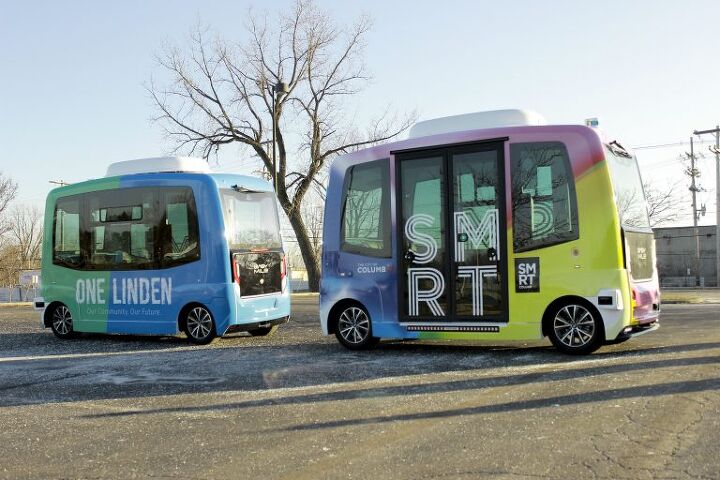
















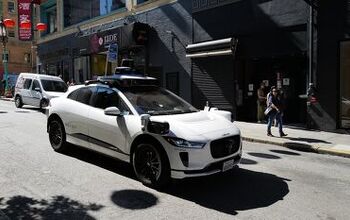

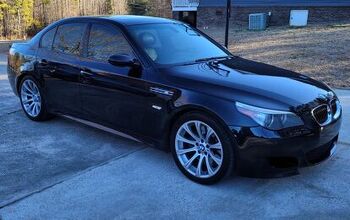
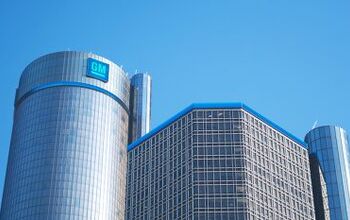




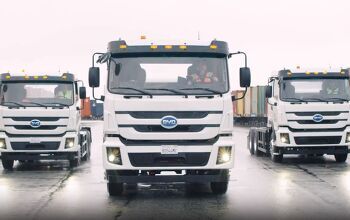




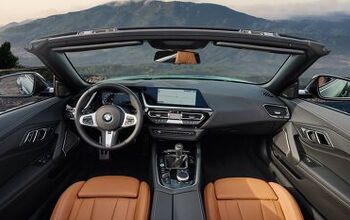
Comments
Join the conversation
Lawyers will stop AVs, not technology.
Summaries from Tesla's Q4 2019 Vehicle Safety Report https://www.tesla.com/VehicleSafetyReport Accident Data "In the 4th quarter, we registered one accident for every 3.07 million miles driven in which drivers had Autopilot engaged. For those driving without Autopilot but with our active safety features, we registered one accident for every 2.10 million miles driven. For those driving without Autopilot and without our active safety features, we registered one accident for every 1.64 million miles driven. By comparison, NHTSA’s most recent data shows that in the United States there is an automobile crash every 479,000 miles." Vehicle Fire Data "From 2012 – 2019, there has been approximately one Tesla vehicle fire for every 175 million miles traveled. By comparison, data from the National Fire Protection Association (NFPA) and U.S. Department of Transportation shows that in the United States there is a vehicle fire for every 19 million miles traveled. In order to provide an apt comparison to NFPA data, Tesla’s data set includes instances of vehicle fires caused by structure fires, arson, and other things unrelated to the vehicle, which account for some of the Tesla vehicle fires over this time period."